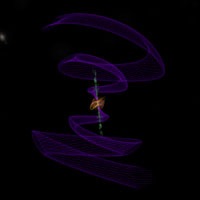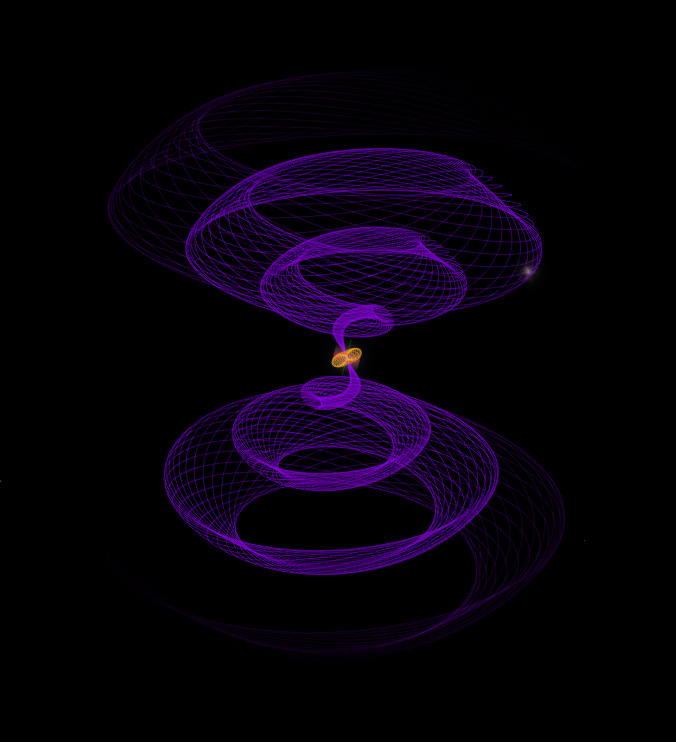Cham wrote:Fridger,
of course, we all know nature's objects are always more complicated
than the models we, humans, can do about them. However, the
SIMPLEST pulsar model is a dipolar one. Real pulsars most probably
have multipolar fields, but they surely all have a DOMINANT dipolar
structure, since they obviously behave like a lighthouse. My models
are just about that, with some corrections (deformation of the field
from rotation).
Unless I get the right equations, that's the best I can do, especially
considering Celestia's limitations on the time evolution of such objects.
And there are cases where it's much better to have an *approximate*
and *crude* representation than having nothing at all.
Cham,
as a theoretical physicist I am certainly ALWAYS adhering to the
strategy of successive approximations. I certainly agree about a dipole
being the
simplest ansatz. But in my opinion an
electromagnetic dipole is so much oversimplified that it can hardly be
seen as a physically sensible approximation in a pulsar or even black
hole environment.
In my view, it is at least as important NOT to create the impression
among non-experts that we have a kind of quantitative understanding
of these magnetic phenomena! Your pleasing graphical display of
magnetic field lines may well support such incorrect ideas.
While I find the phenomena you obtain potentially intriguing, it is even
more crucial to FIRST be convinced about whether all this has a
chance of making sense...
Let me just indicate that your attempt of ignoring particle physics
entirely besides classical electromagnetism is very hard to understand.
In case of pulsars, we are dealing with
incredibly strong
magnetic fields, heating up the surface to many millions of
degrees! Take magnetars, for example that are believed to trigger
special kinds of gamma ray bursts via "starquakes" (SGR's=soft
gamma ray repeaters etc) .
There are many sensible ideas that neutron stars could well be
(strange) quark stars that underwent a phase
transition. The magnetic field properties of such a "soup"
would be strongly modified, hardly reminding of a classical dipole field.
It just appears bold to me, to study and believe
fine
details of simple rotating electromagnetic dipole fields for such
extreme environments.
Bye Fridger










